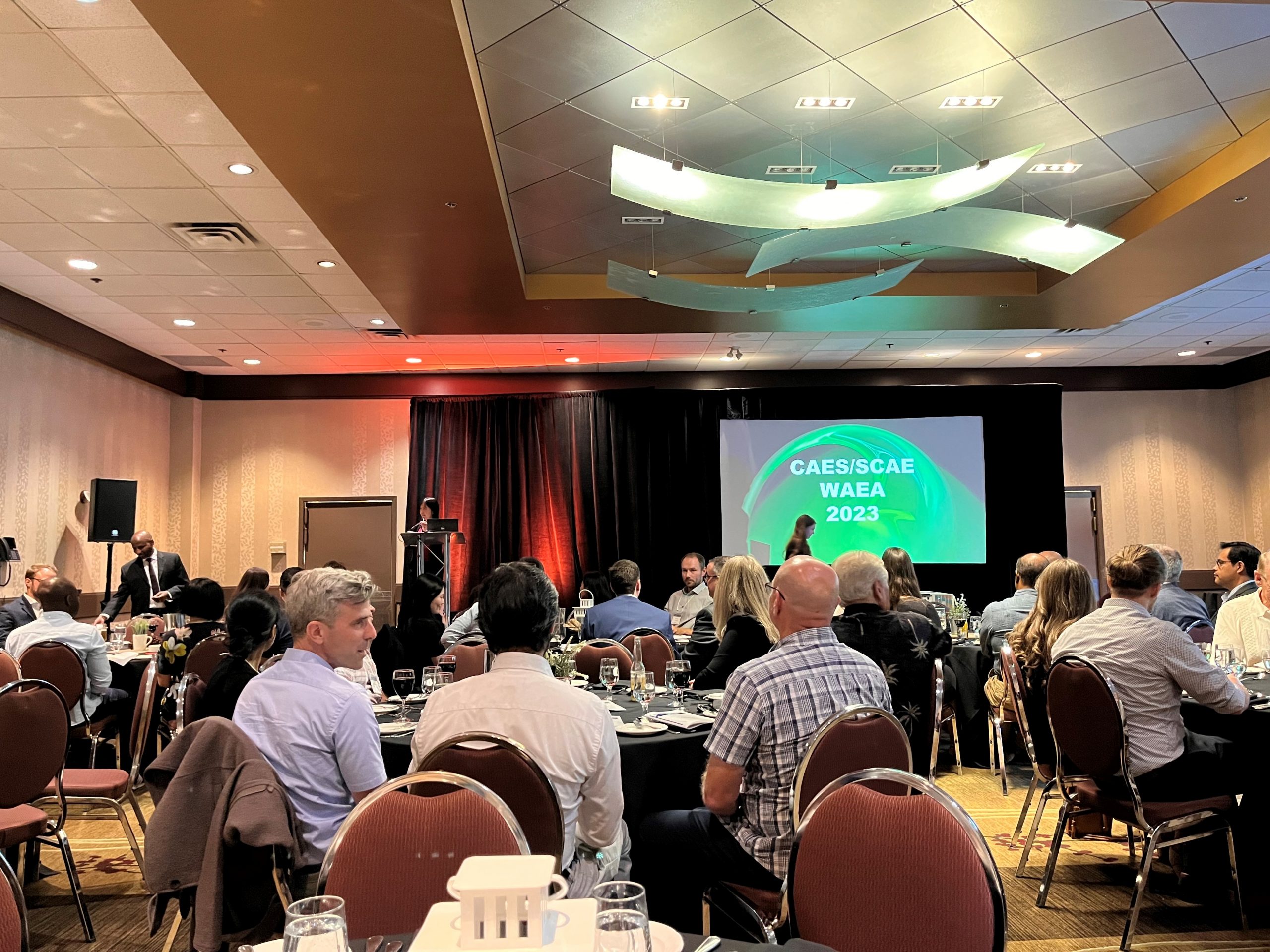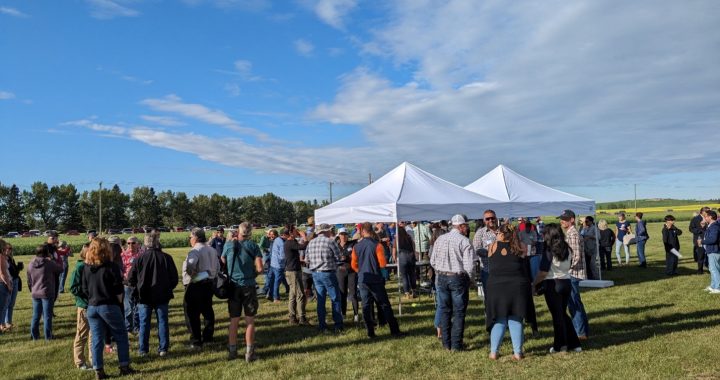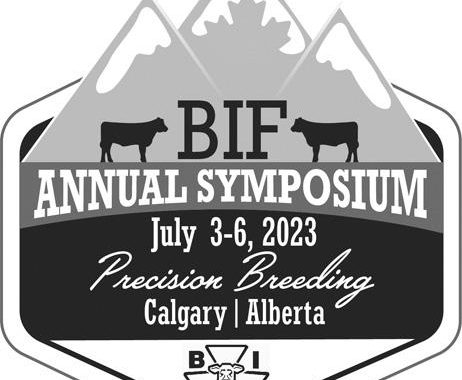Former Gentec collaborator Steve Miller has had quite a decade in terms of the chance to view the beef industry across various functional responsibilities (and continents). We caught up with Steve at the 2023 Beef Improvement Federation meeting in Calgary and again from his office in Armidale, New South Wales, Australia, where he is the Director of the Animal Genetics and Breeding Unit. (BTW, it’s the same office he worked out of for a year as an UGuelph exchange student almost 30 years ago.) We hoped to gather some of his insights around the progress being made in beef improvement, how it is being received, and get some perspective on where things may progress. Part 1 of that story is here.
As we said in Part 1, situations are stable until they are not; tipping points can occur suddenly… as they have many times, as with genomics, EPDs, MBVs, indexes and their general application in the beef industry. Applications advanced slowly and incrementally until the cost and value propositions tipped and the opportunities exploded, first in the pure breed sector, then in the commercial cattle sector.
Global pressure is mounting to reduce the environmental impacts of animal agriculture. The Netherlands, for example, aims to reduce the number of farmed animals by 30% (over 35 million animals) by 2030 (Netherlands Environmental Assessment Agency (Jan 16th, 2023)). Meat and Livestock Australia funded a summit (September 2023) looking at the sustainability of sheep and cattle in Australia, and is starting to develop a sustainability index. Today, if you’re looking for funding, you almost certainly need to include an environmental element in the proposal.
Carbon credit programs of varying cost and quality are developing quickly and with clear price signals. Anecdotally, a sheep and beef producer in New Zealand reported that the carbon tax on his operation was $80,000 more than the previous year but still only represented 5% of the amount owed. Government “waived” 95% of the tax ($1,600,000) but announced that the payable rate would rise by 1% per year.
Here, situations may develop where all cows are not equal. Different cows may incur different tax rates that may change the desirability of differing statures, feed efficiencies or growth rates. In such situations as these, there is a clear incentive for the seedstock sector to develop and “push” the genetics as well as for the producer to demand and “pull” the genetics they need forward. As with most market environments, clarity sooner is better than clarity later. There also may be the opportunity to use the sustainability push to allow other (tbd) genetics to tag along as free riders like, as Steve pointed out, Canada experienced along with the response to BSE. “The good breeders will see this, and skate to where the puck is GOING to be”. We can see this in relation to the slick gene, discussed below.
According to the US Forest Service, cows thrive up to a temperature of 77F (25C). Above this, productivity falls in terms of weight gain (beef), milk production (dairy), and fertility (both). As extreme temperatures occur more frequently, so do cattle deaths as a result of heat / humidity combinations. Necessity (being the mother of invention) and ability (afforded by advances in technology) are combining to offer solutions.
The slick gene occurs naturally in at least 6 breeds globally, and is viewed as providing greater heat tolerance due to its association with a shorter hair coat and more active sweat glands. Incorporation of these traits has been effective, although limited, due to the time constraints inherent in selective breeding programs involving cattle.
Thompson Rivers University professor and Gentec collaborator, Dr John Church, estimates that incorporating the slick gene into cross-bred cattle expands their tolerable heat range by approximately 13F compared to cattle lacking the gene. This trait provides greater climate resilience, the ability to maintain productivity metrics while extending the temperature range in which cattle can thrive to 90F (32C), potentially saving the dairy and beef industry billions in lost productivity.
In more general terms, Steve sees two emerging and interrelated trends occurring with respect to breeding and animal agriculture. The first is for scientific expertise to be increasingly hired into breeding corporations (such as Urus Genetics, Bayer, ST Genetics,) allowing them to use their resources to dictate to a greater degree the path chosen by the livestock industries including beef
Second, corporations can put systems in place to get there (wherever “there” is) faster as a result of having the combined capability to develop, breed, multiply, and distribute in quantity those animals with the characteristics and traits they elect to develop for their customers (be they producers or consumers). This may be done through direct ownership or, as has been seen in other species, through contracted services such as those employed by the hog and poultry industries. This may be how technology is ultimately fast-tracked into the beef industry.
Building on these concepts, although admittedly a little farther out and into the realm of science fiction, is the concept of creating a walking AI / avatar bulls program. The science exists where the testes of a bull can be replaced with the testes of another bull. So, in theory, you could have Short Horn bulls with the resiliency and ability of an invasive species to survive the harsh conditions of Australia’s Northern Territories delivering Wagyu semen to Brahman cows.
Gene editing, however, may be a little closer to achieving wider adoption. While gene editing has been used for slick and polled applications in North America, it almost non-existent in Australia and Gentec has suggested caution in terms of consumer acceptability (see previous articles in The Delicious Bits). Another example is insertion of the “dominant-red” gene [identified by Gentec team] into a Black Angus bull to help alleviate heat susceptibility. Although the possibilities are tempting, Steve views many of the genetic effects, particularly those of quantitative traits, as having ‘black-box effects’, making him hesitant to consider them at this point. One thing that you can be sure of is that change is constant, closer than it appears in the rear-view mirror, and often with unanticipated consequences.















